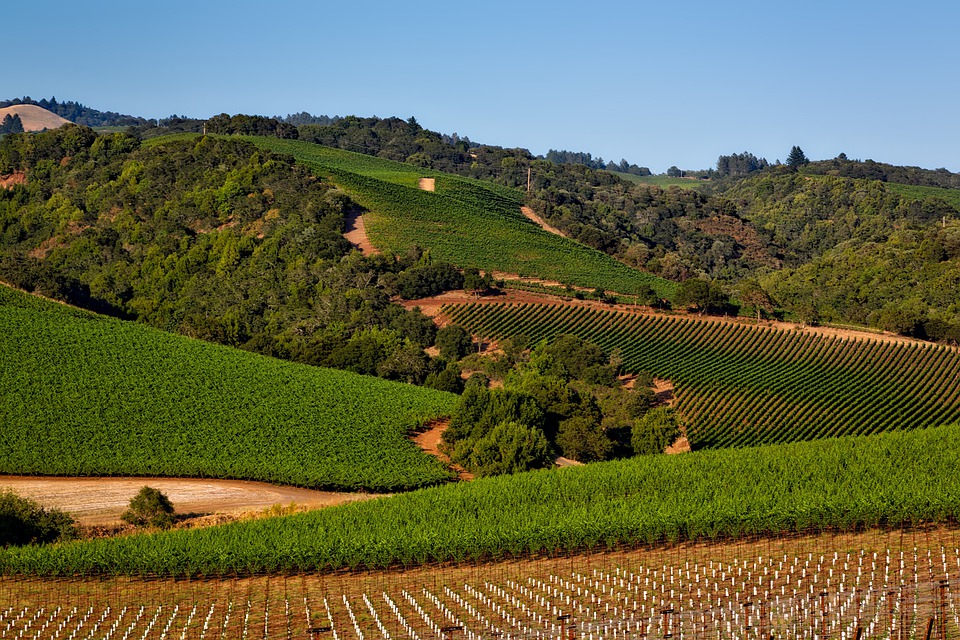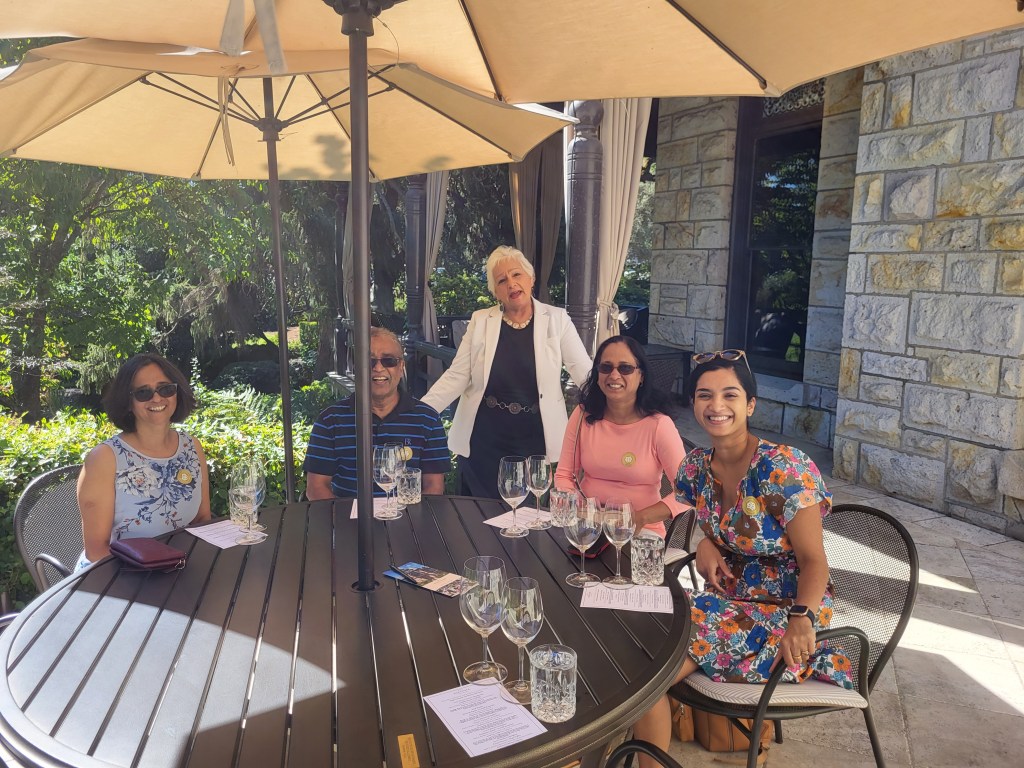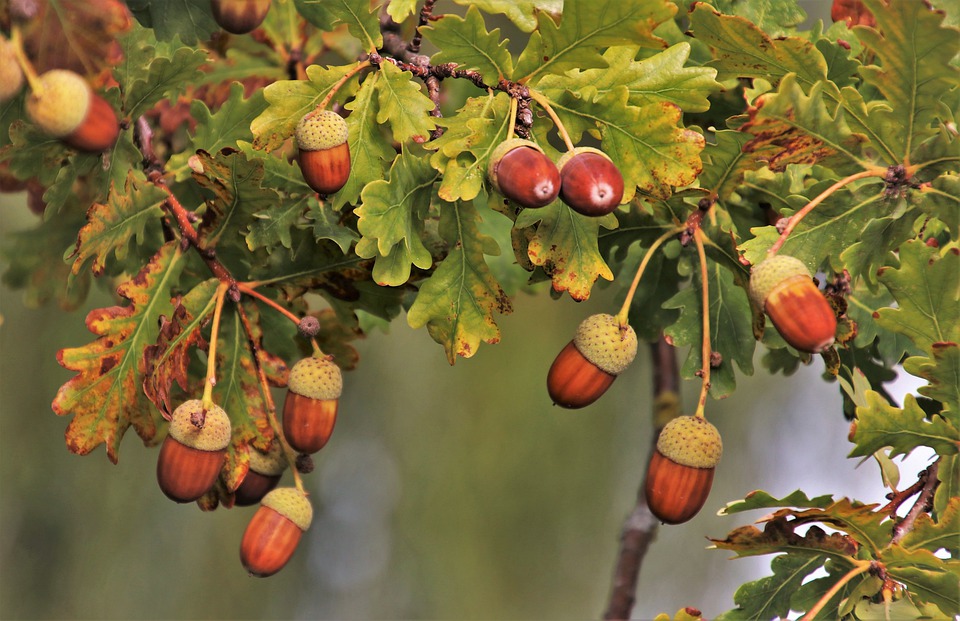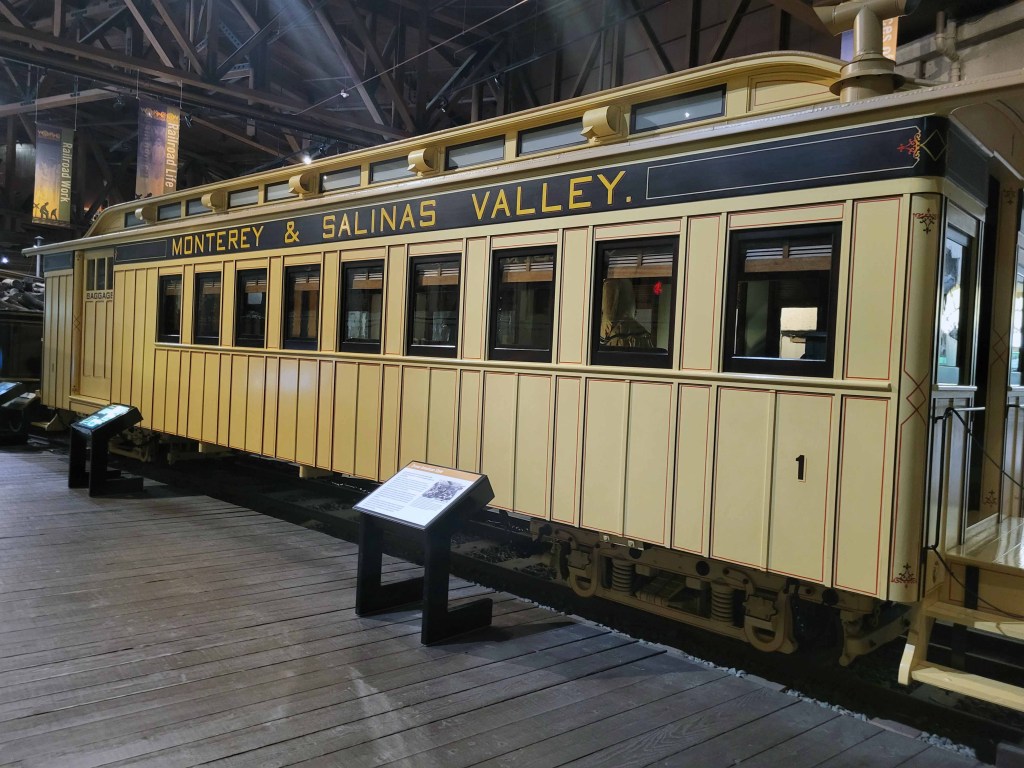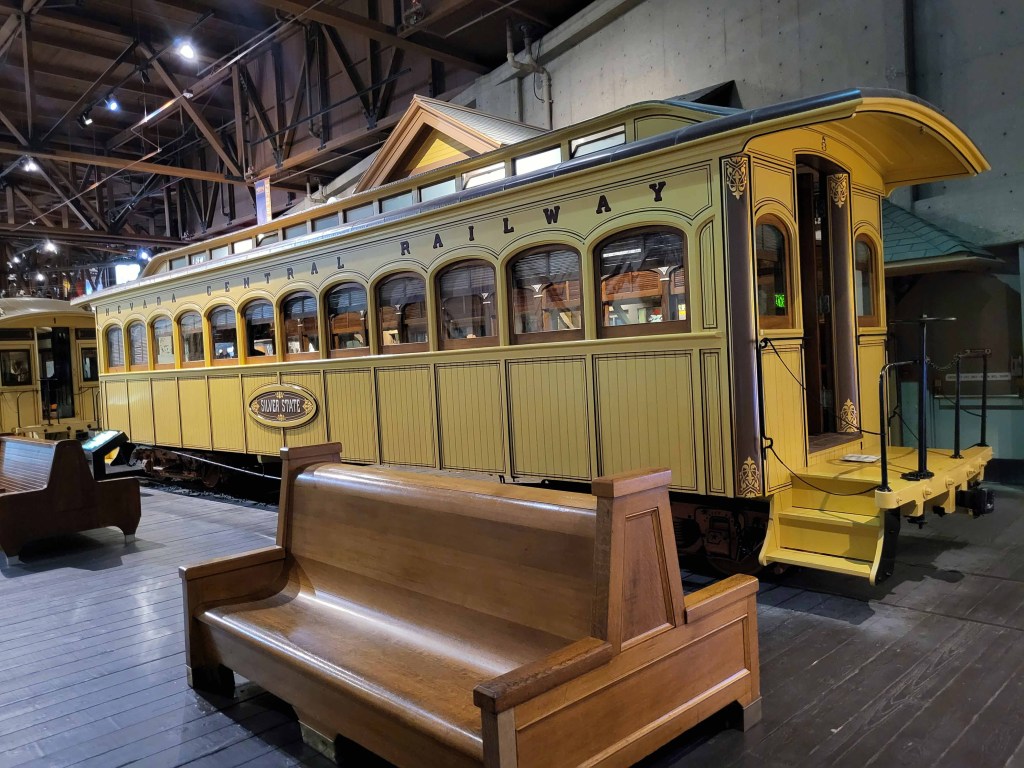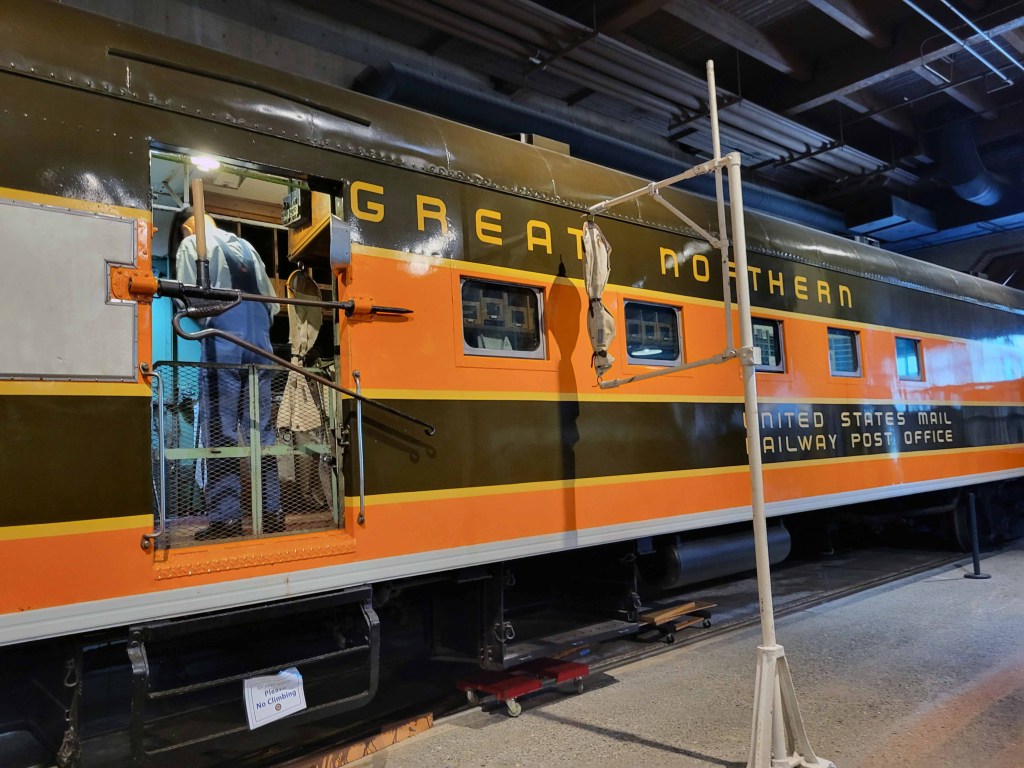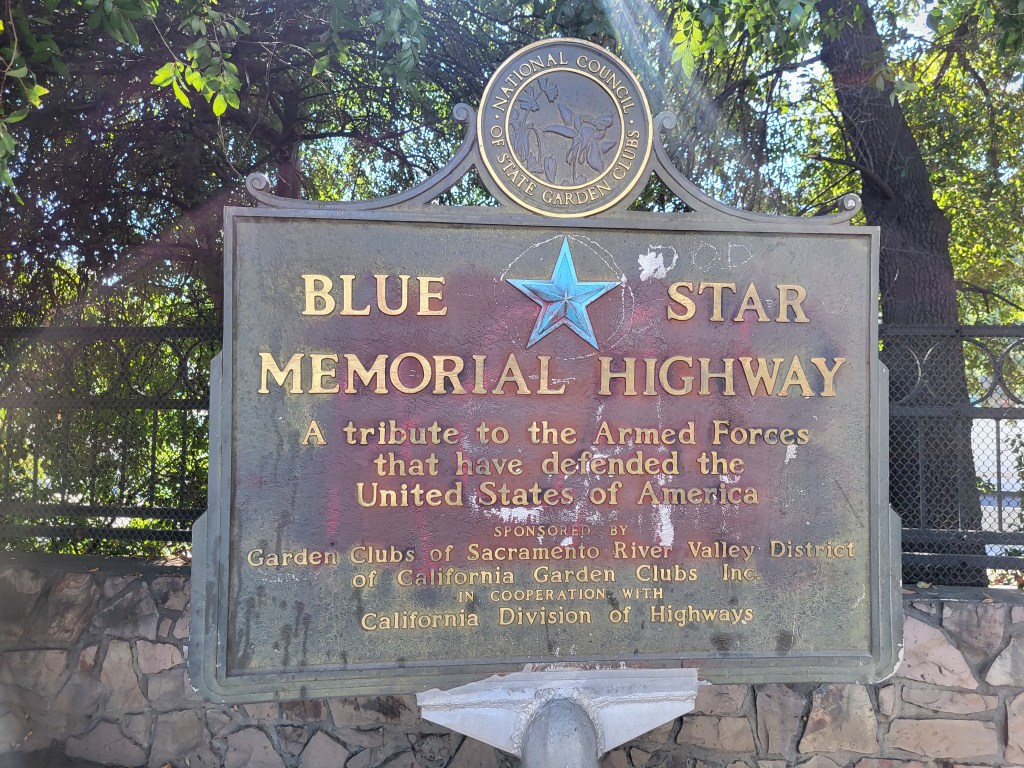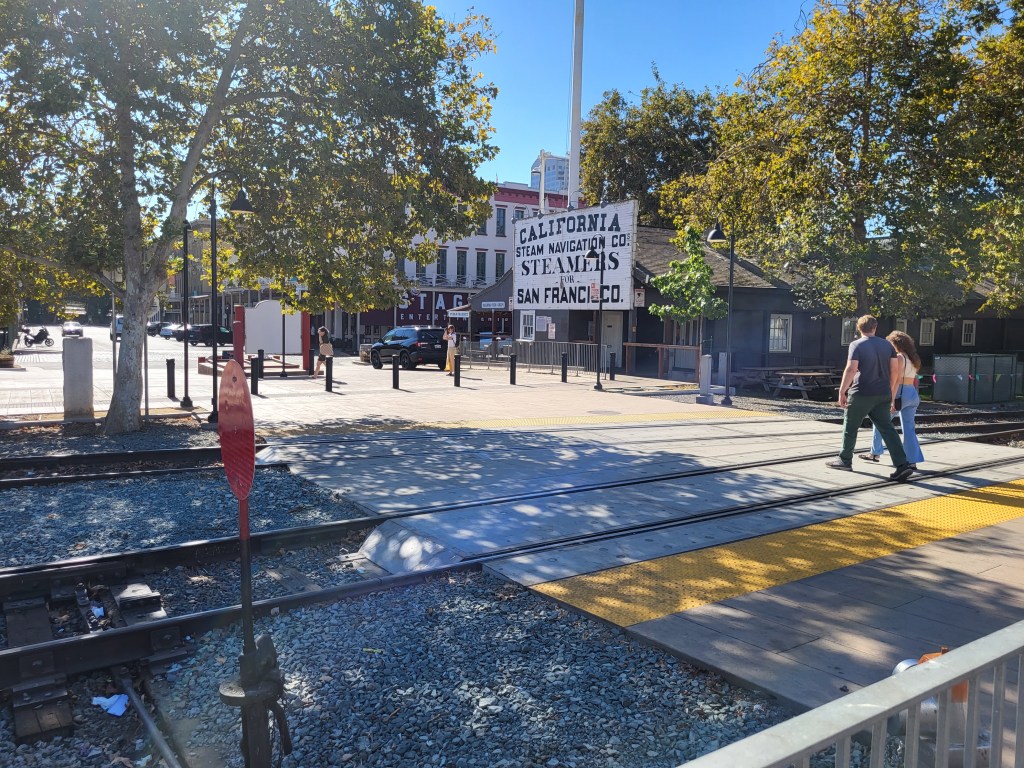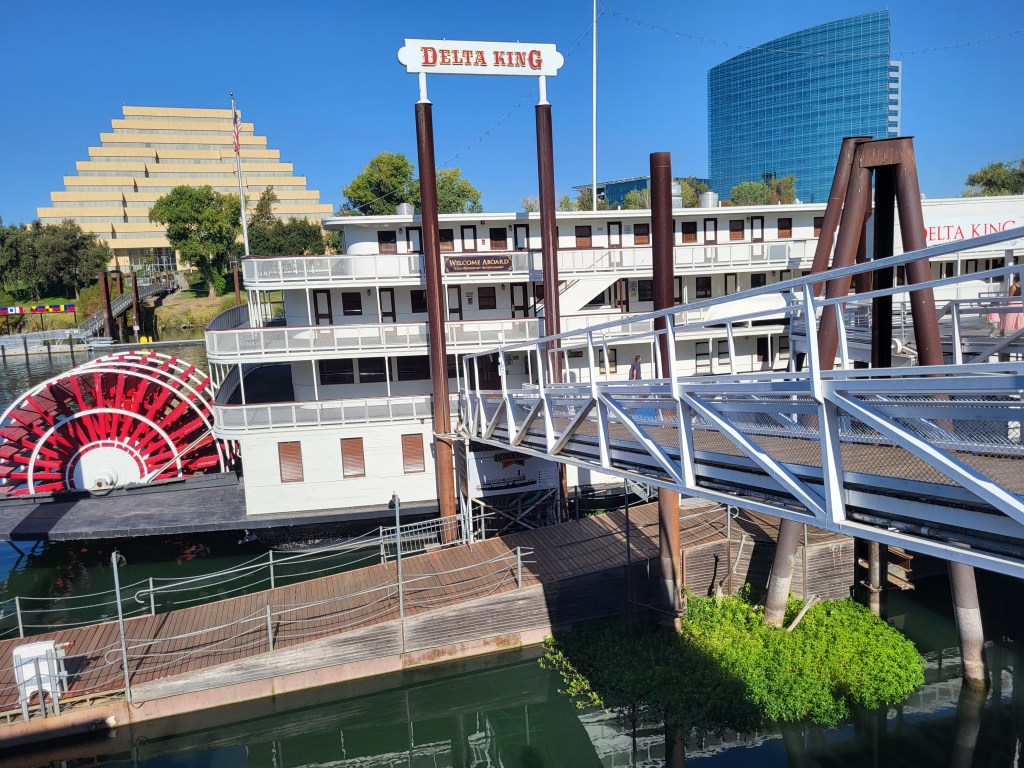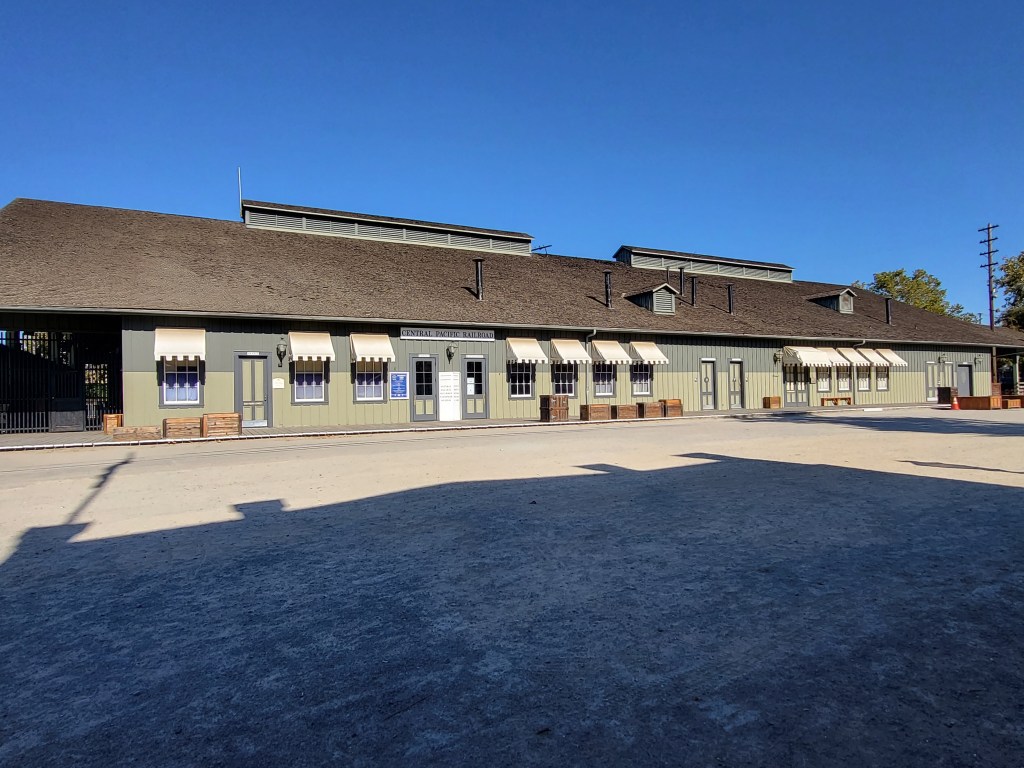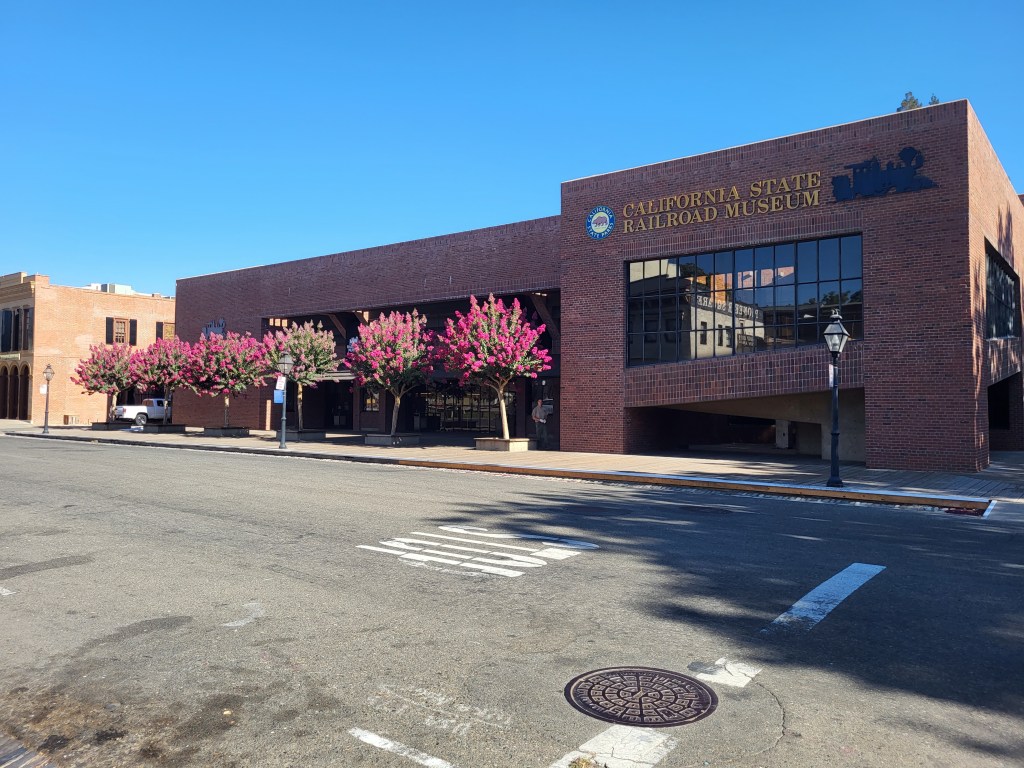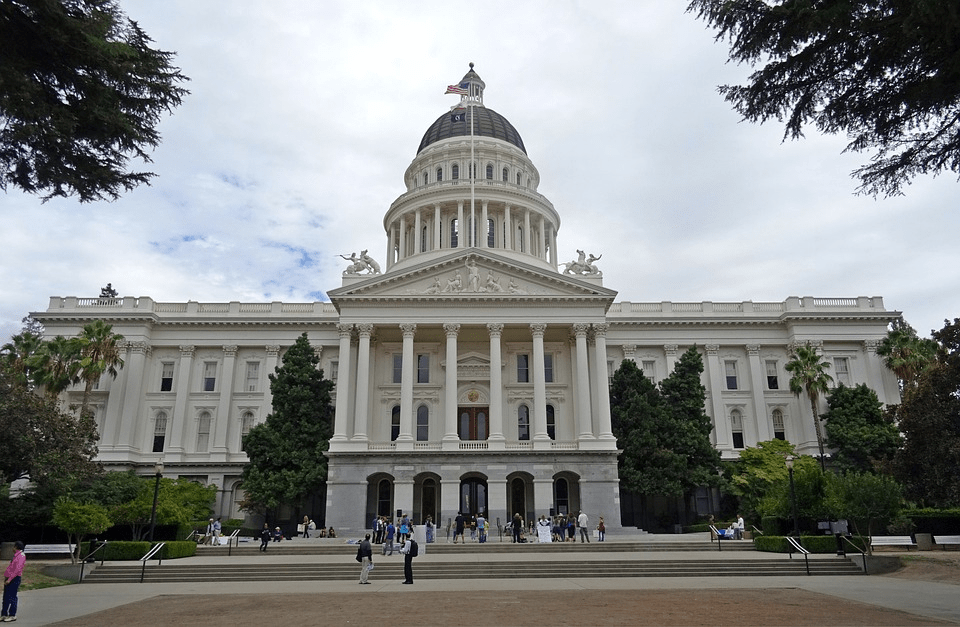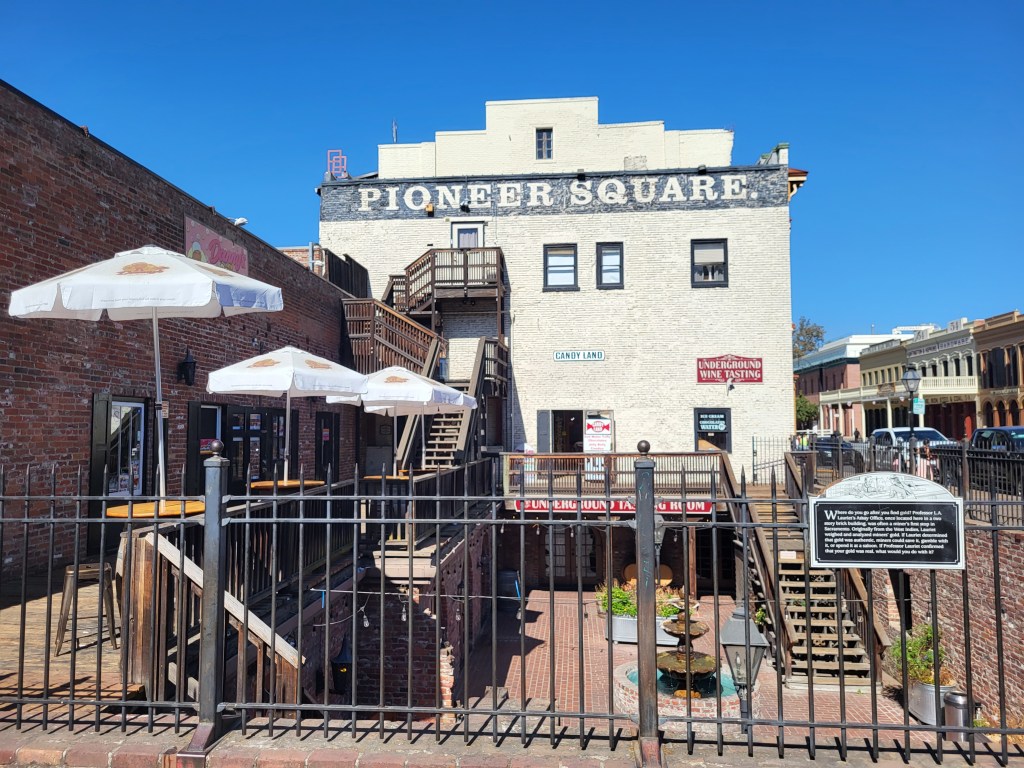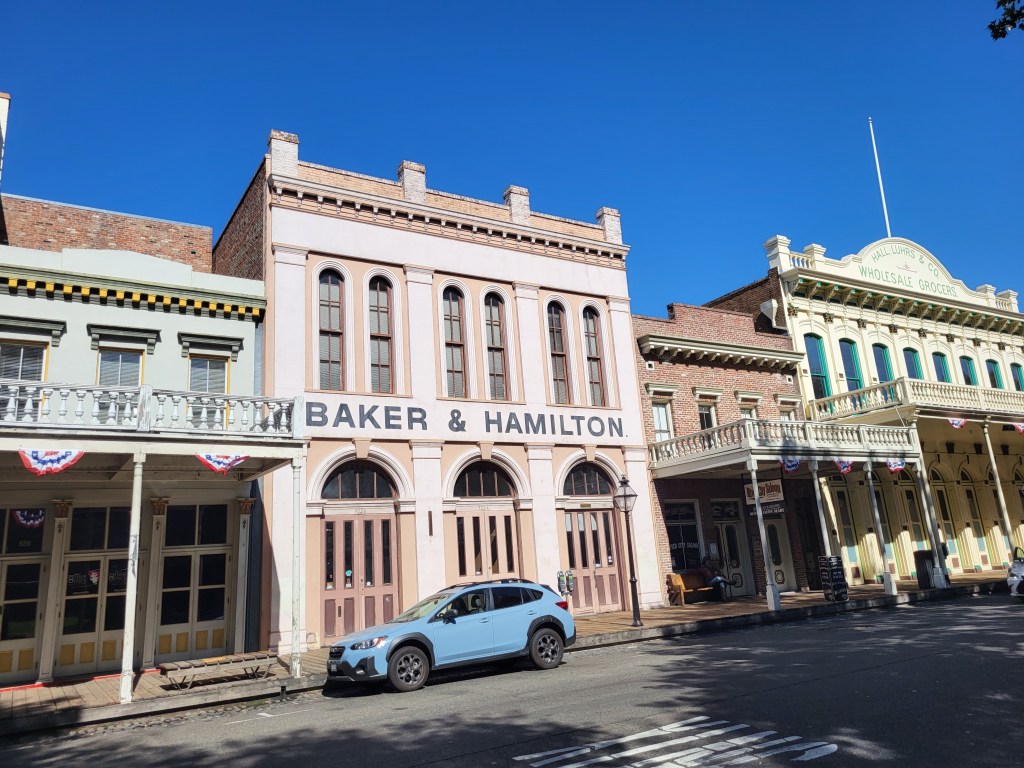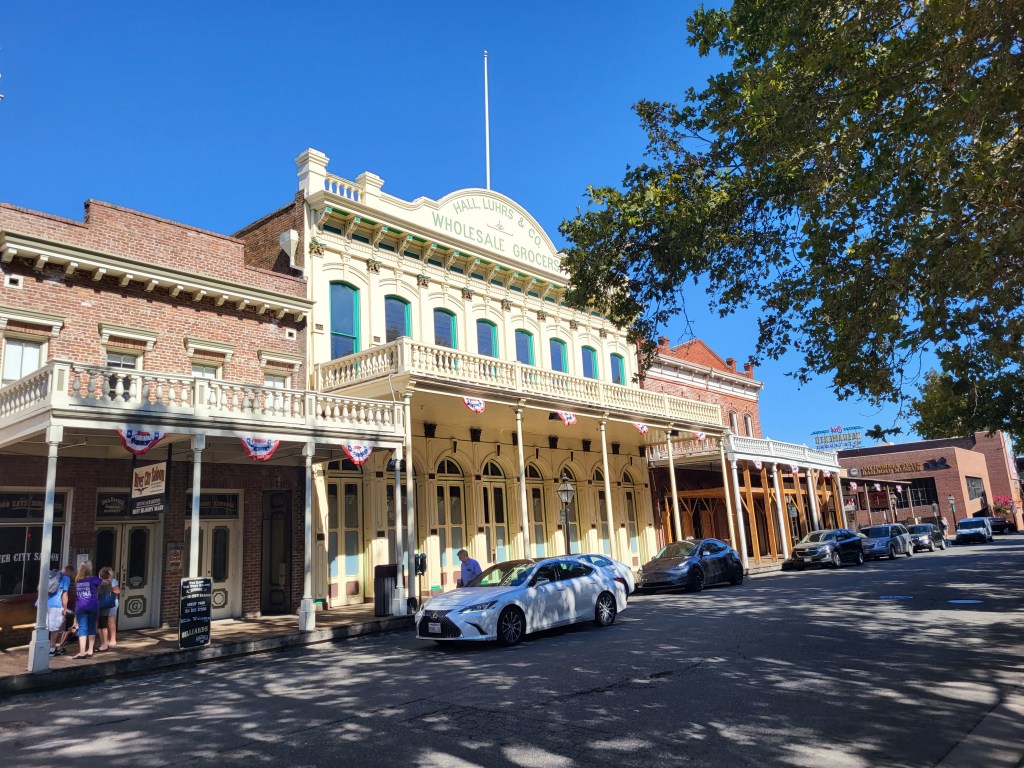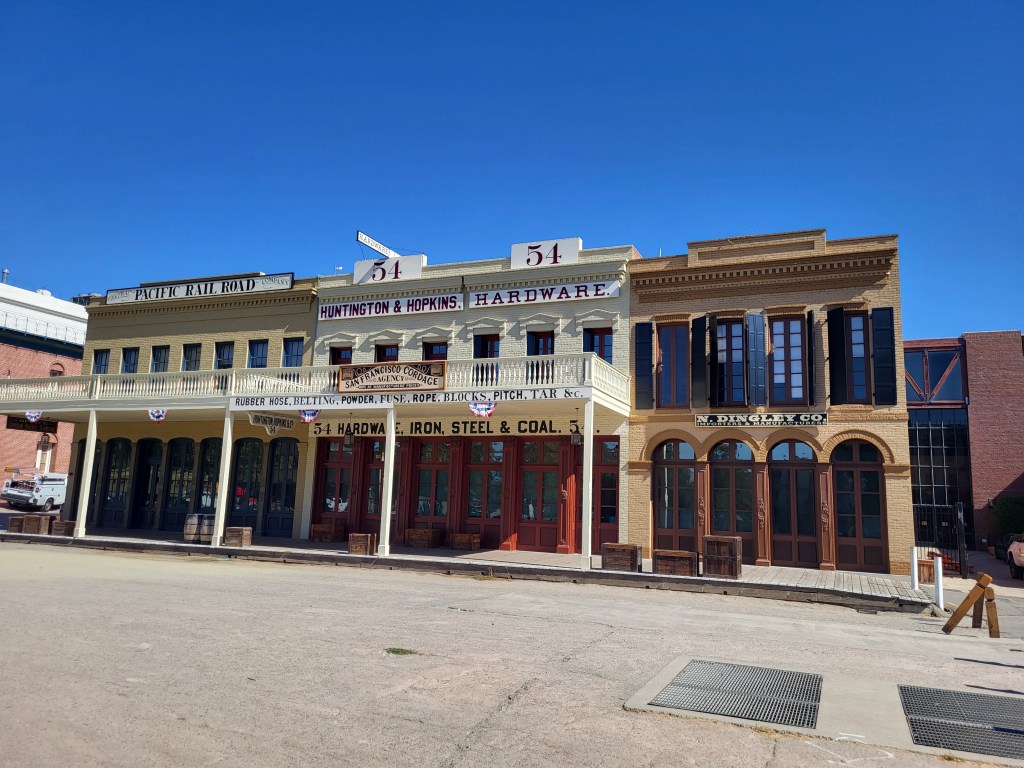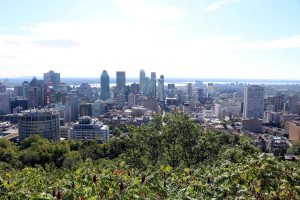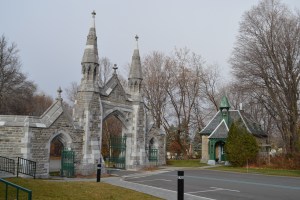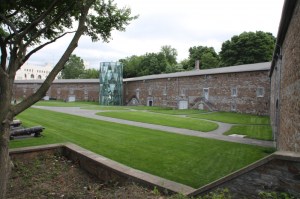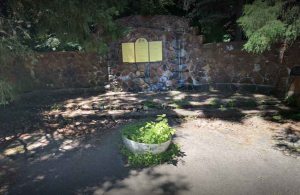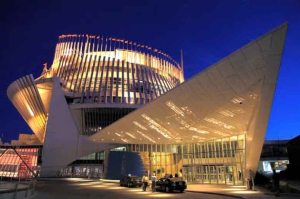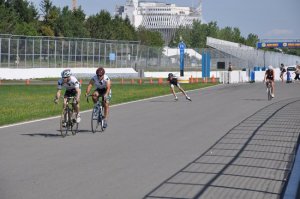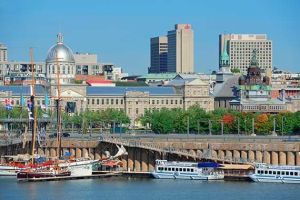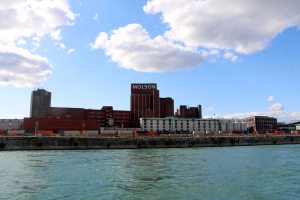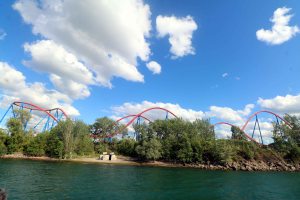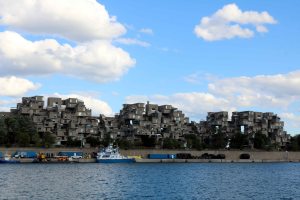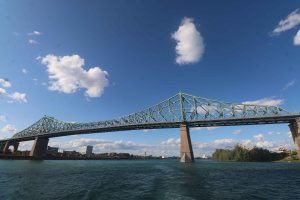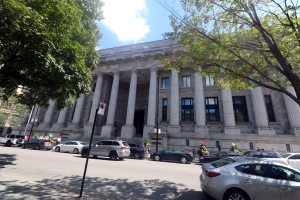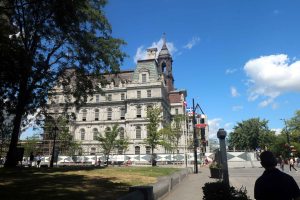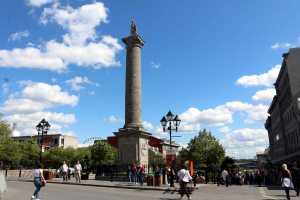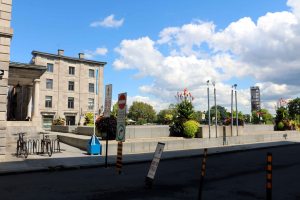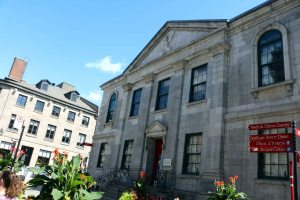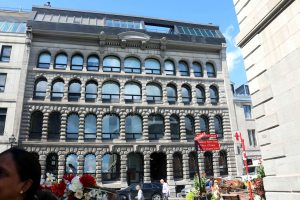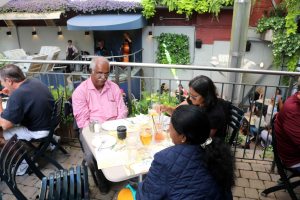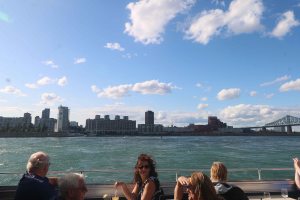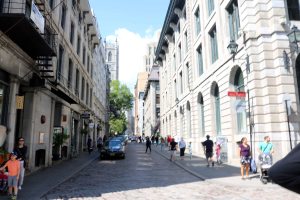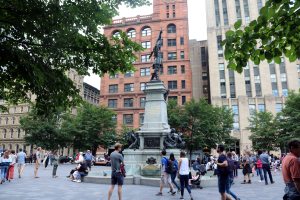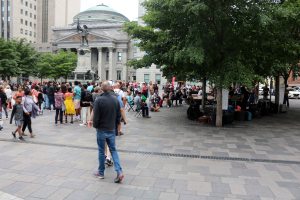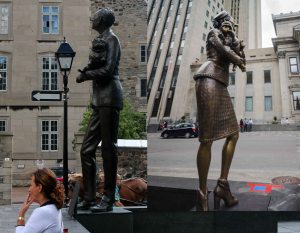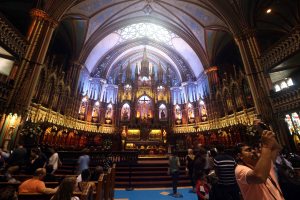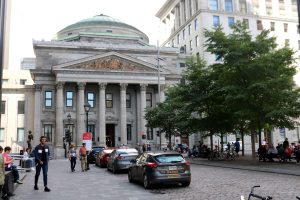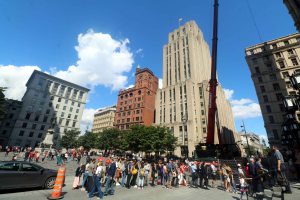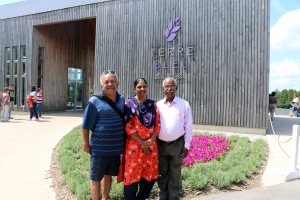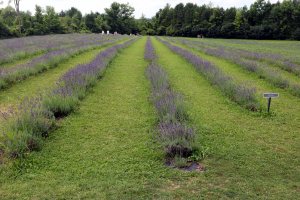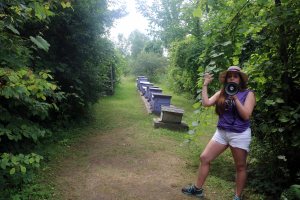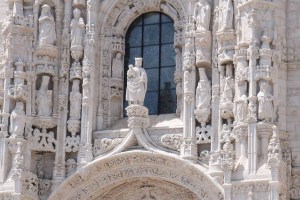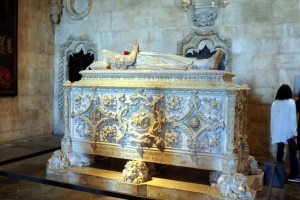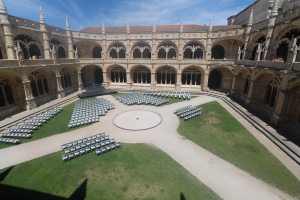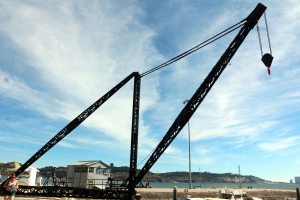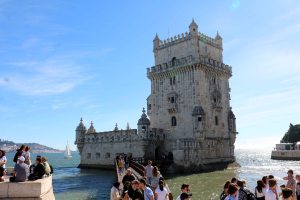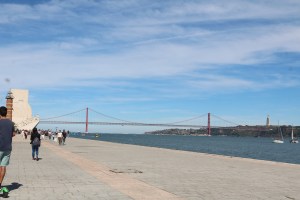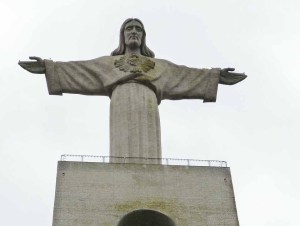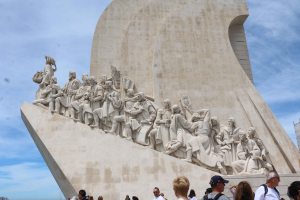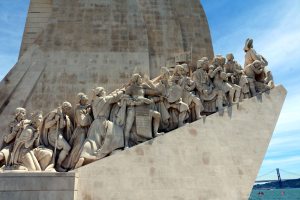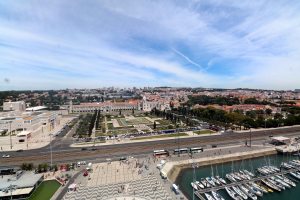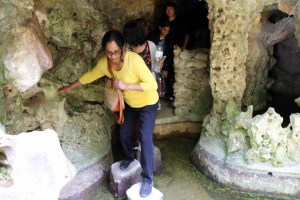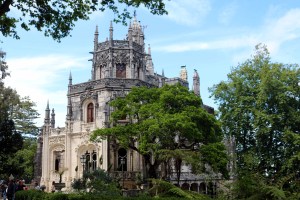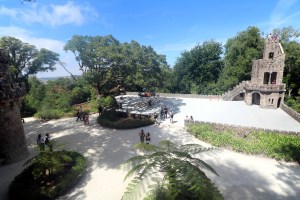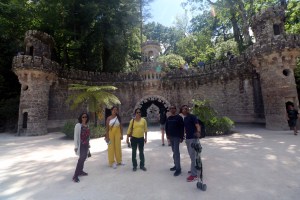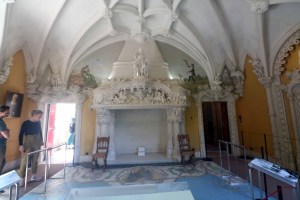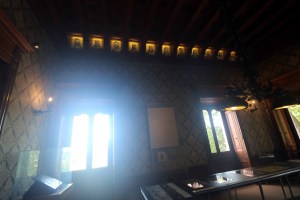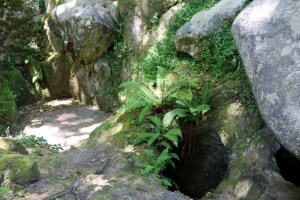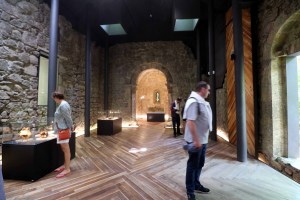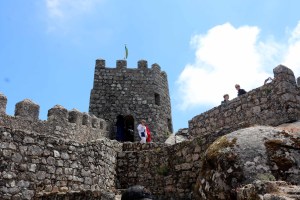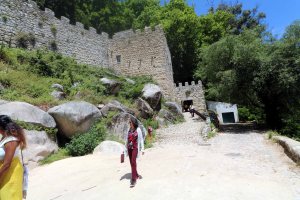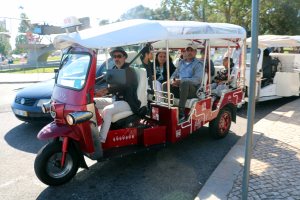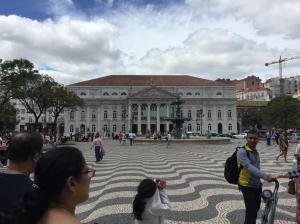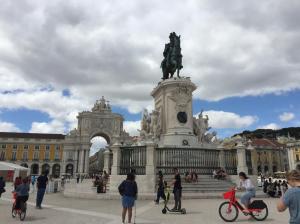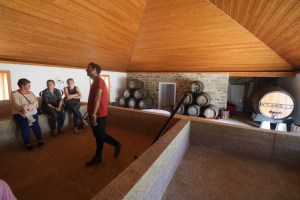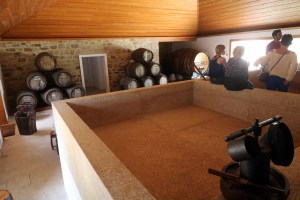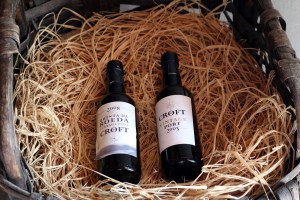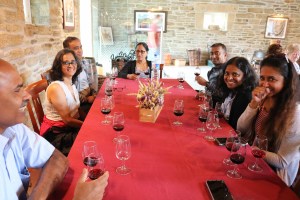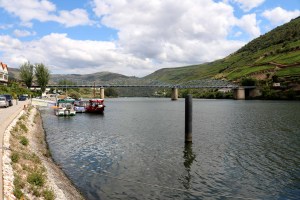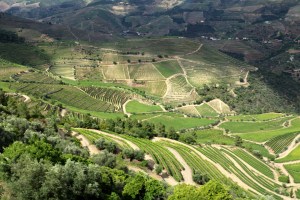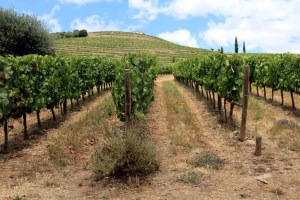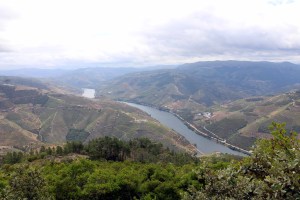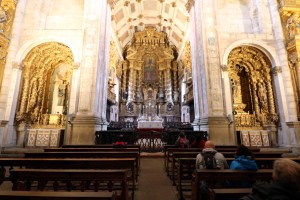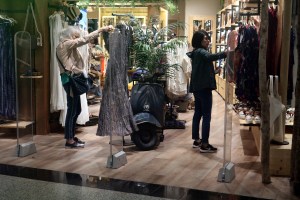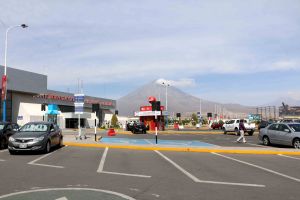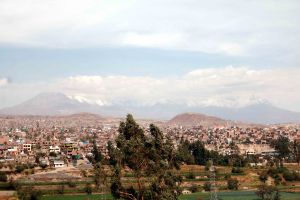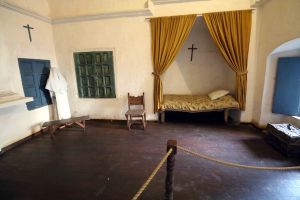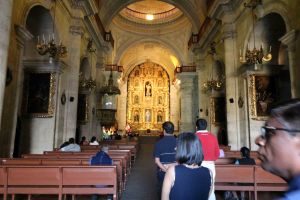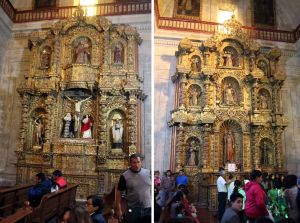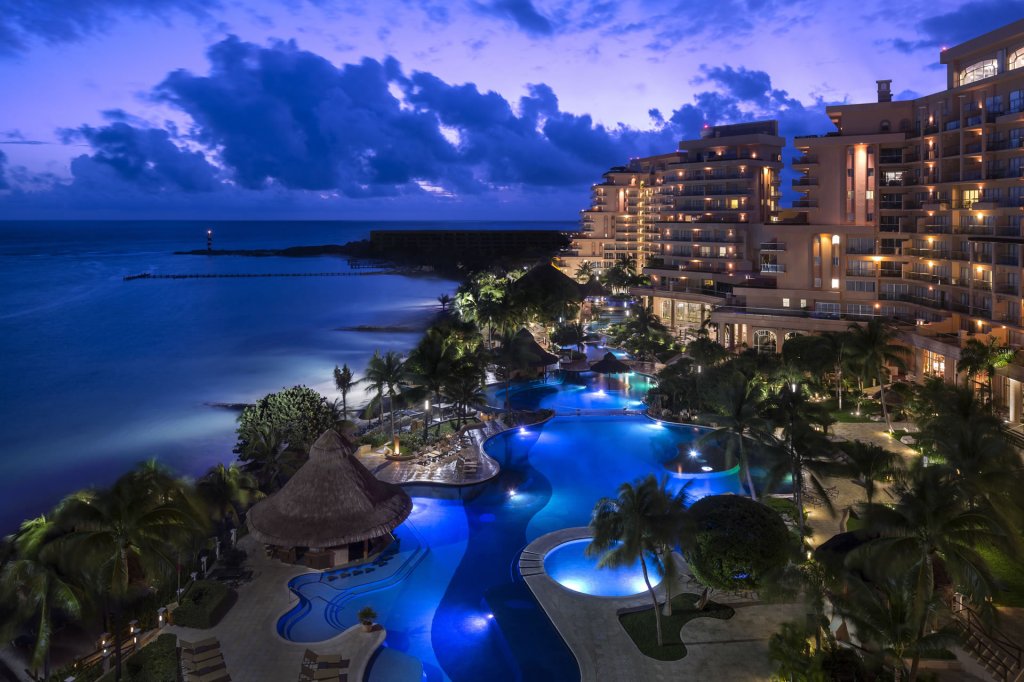
Selecting an all-inclusive resort, convenient and acceptable to all family members is not easy. Further, not all resorts are equal. Extensive research is the way out to ensure what is include and what is not in the all-inclusive. A week’s vacation at an all-inclusive resort is to enjoy the stay doing hardly anything.
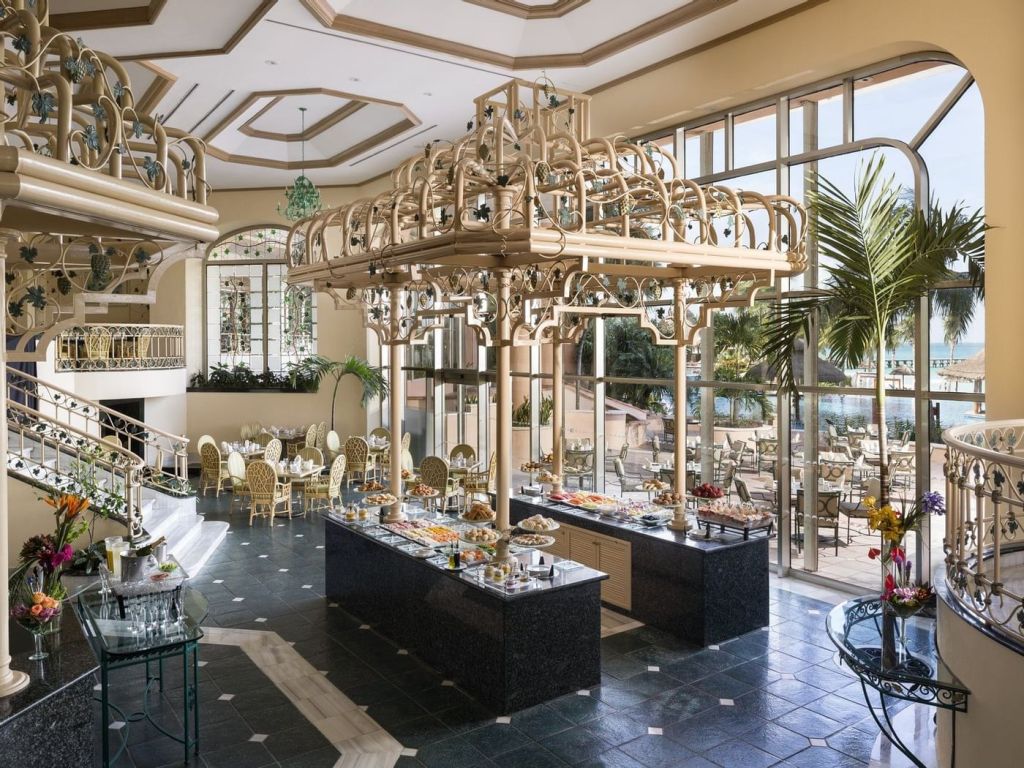
For a foodie, the number of restaurants and the type of cuisines served and what is included will be important. Some restaurants may need additional payment and not included in the package. Some specialty wines are not included. So, before you say yes to uncorking that bottle, ensure it is included.

This being a family-vacation, we had to look for a family-friendly resort with amenities catering to all family members – toddlers to seniors – so that everyone enjoys their stay.
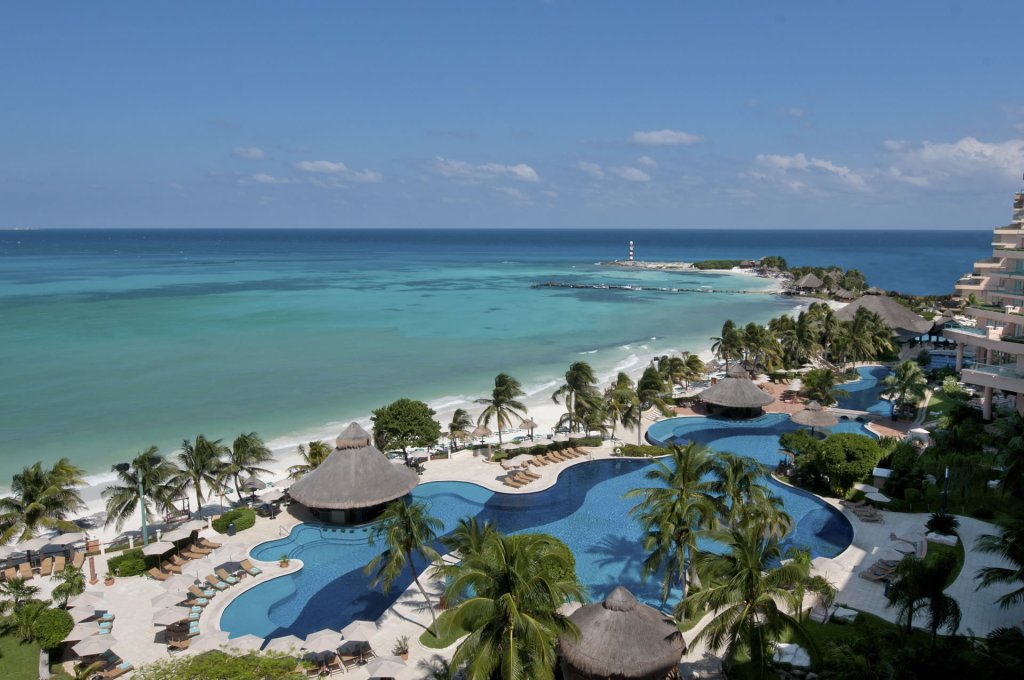
Thus, for this year’s vacation, we decided on Grand Fiesta Americana Coral Beach at Cancun, Mexico. This all-inclusive resort offers upscale amenities like pools, spas, gourmet meals, bars and more.

It also had a kids’ clubs for the toddlers.

The time of the visit is important, keeping in mind the weather, though there is no guarantee of what the weather will be like. Rainy days can spoil your stay in a beach-resort. The best time to enjoy a beach-resort in Mexico is during Spring or early Summer, when the temperatures are still warm, but the weather is dry, with a higher chance of sunny days. Our vacation was from 17 June to 23 June 2023.

I recommend taking a travel insurance, especially for the seniors. I realised its importance while holidaying at Machi-Pichu, Peru five years ago. I suffered from complications of an enlarged prostate and the travel insurance came handy in getting immediate medical attention. It is better to be prepared for all eventualities like illness, injury, flight cancellations, etc. It is important to ensure that you carry extra prescription medications and a mini first aid kit with aspirin, Pepto, Benadryl, band-aids, etc.
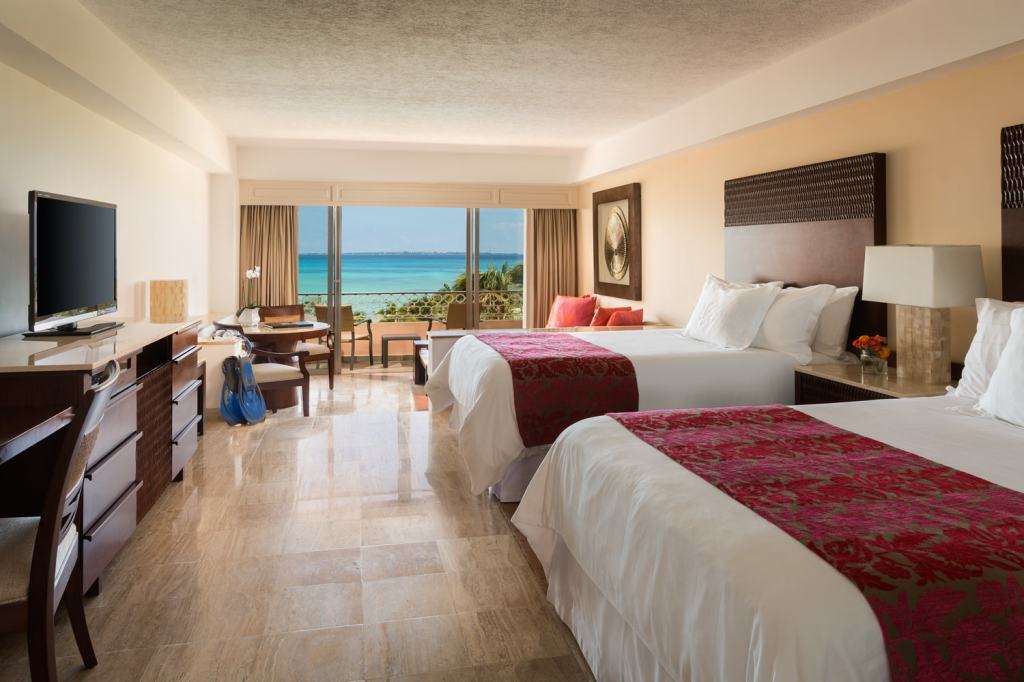
We were provided with a comfortable and spacious suite with a private balcony overlooking the beach and the Caribbean Sea. Inside was two Queen size beds and a spacious bathroom.

Staying at a beach-resort, ensure that you carry more than adequate sunscreen and use them liberally each hour you are out in the sun. Investing sun protective clothing with Ultraviolet Protection Factor (UPF) more than 40 is recommended to avoid sun burns.

Staying well hydrated, especially after too many alcoholic beverages under the hot Mexican sun, is very important. The methodology I adopted was to go in for non-alcoholic drinks and mocktails during the day.
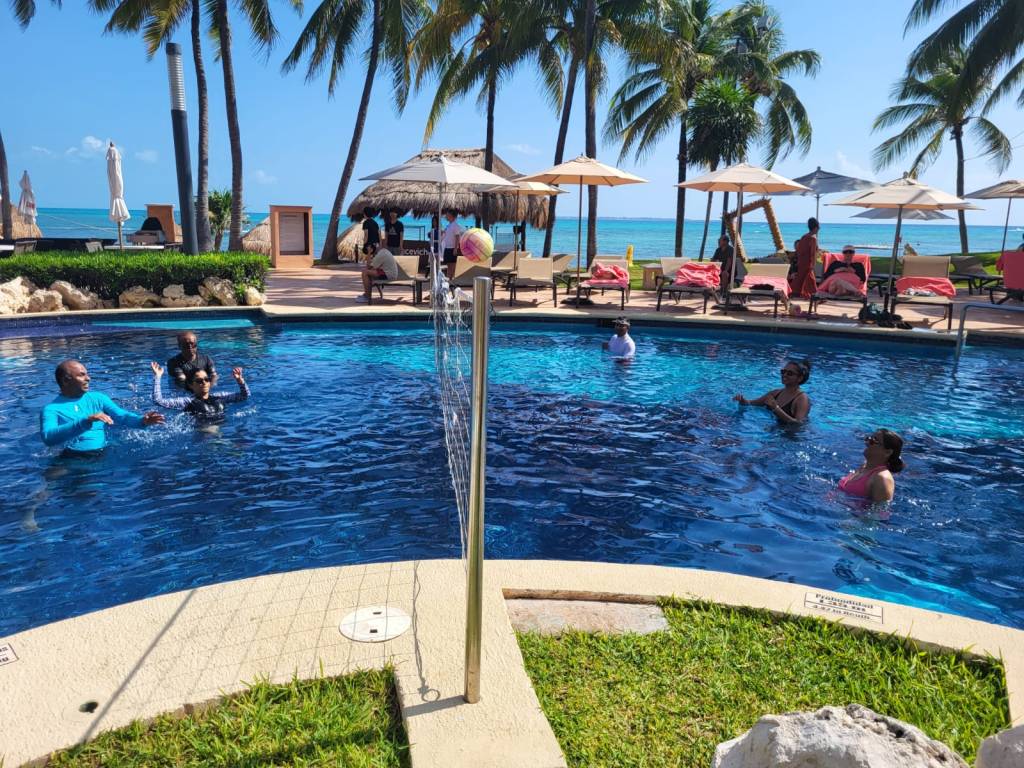
It is important to try out something new each day to make the vacation more enjoyable. A game of pool volleyball or a stroll along the beach.

Most resorts require reservations for dinner at premium restaurants. We booked the dinner each morning. We were entertained by a band playing Mariachi music during our dinner at the La-Joya Restaurant serving Mexican food.
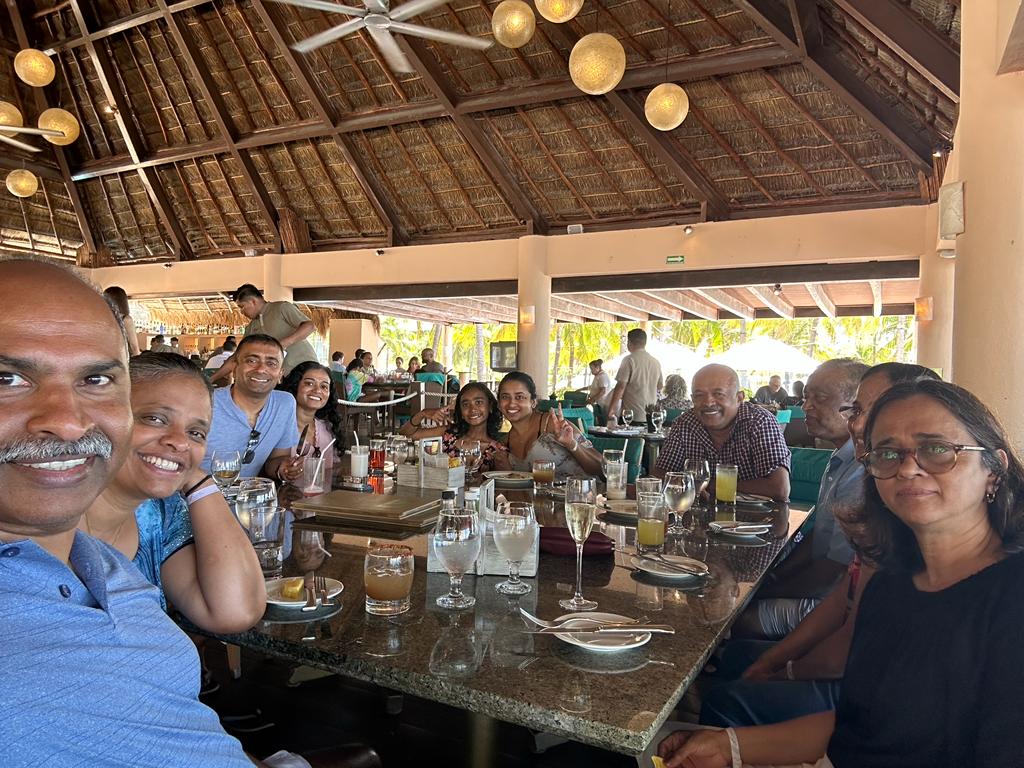
On the third day, it was a lunch at La-Contoy Restaurant serving seafood, with the view of the Caribbean Sea, under an extraordinary Palapa – a traditional Mexican shelter thatched with palm leaves or branches.
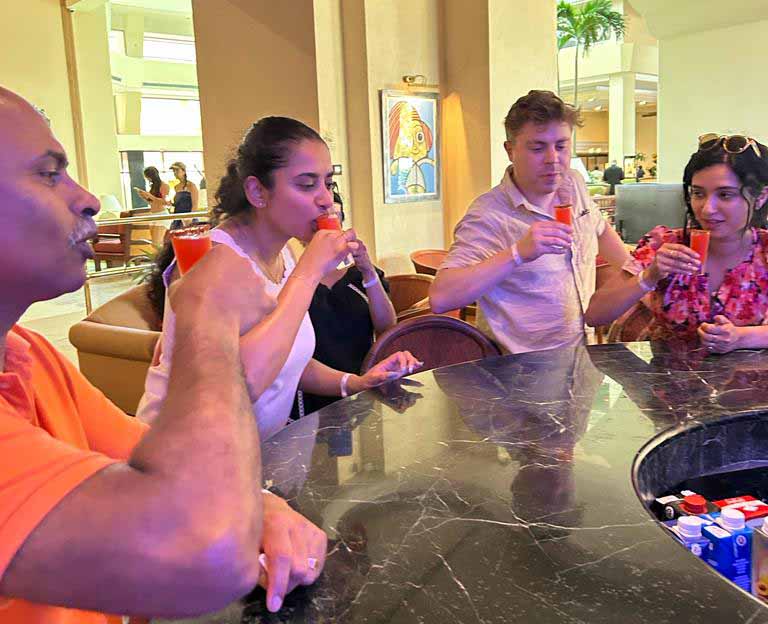
Some resorts have a dress code for various activities, such as dinner. At our resort, the dress code was casual for all meals.

Tipping the staff at the resort goes a long way in making connections with the staff and ensuring better services. It can make your stay even more enjoyable. I carried forty US$1 bills (not Canadian) to tip servers, bartenders, and housekeeping staff.

The resort provided us with a schedule of the activities and entertainment provided during our stay. One evening, it was a Mexican cuisine dinner accompanied by Día de Muertos (The Day of the Dead) performance. It denotes a time where the dead can come back to life, when their presence is celebrated with joy and a shared sense of generosity. This celebration becomes an endless dance of darkness and light, music and silence, life, and death.

Every vacation must come to an end, no matter how good the time was. During a vacation, time still flies, but we got to get back to our routine life and work. All vacations must end, and a new day begins, charged with the memories of the good times we had as a family.

